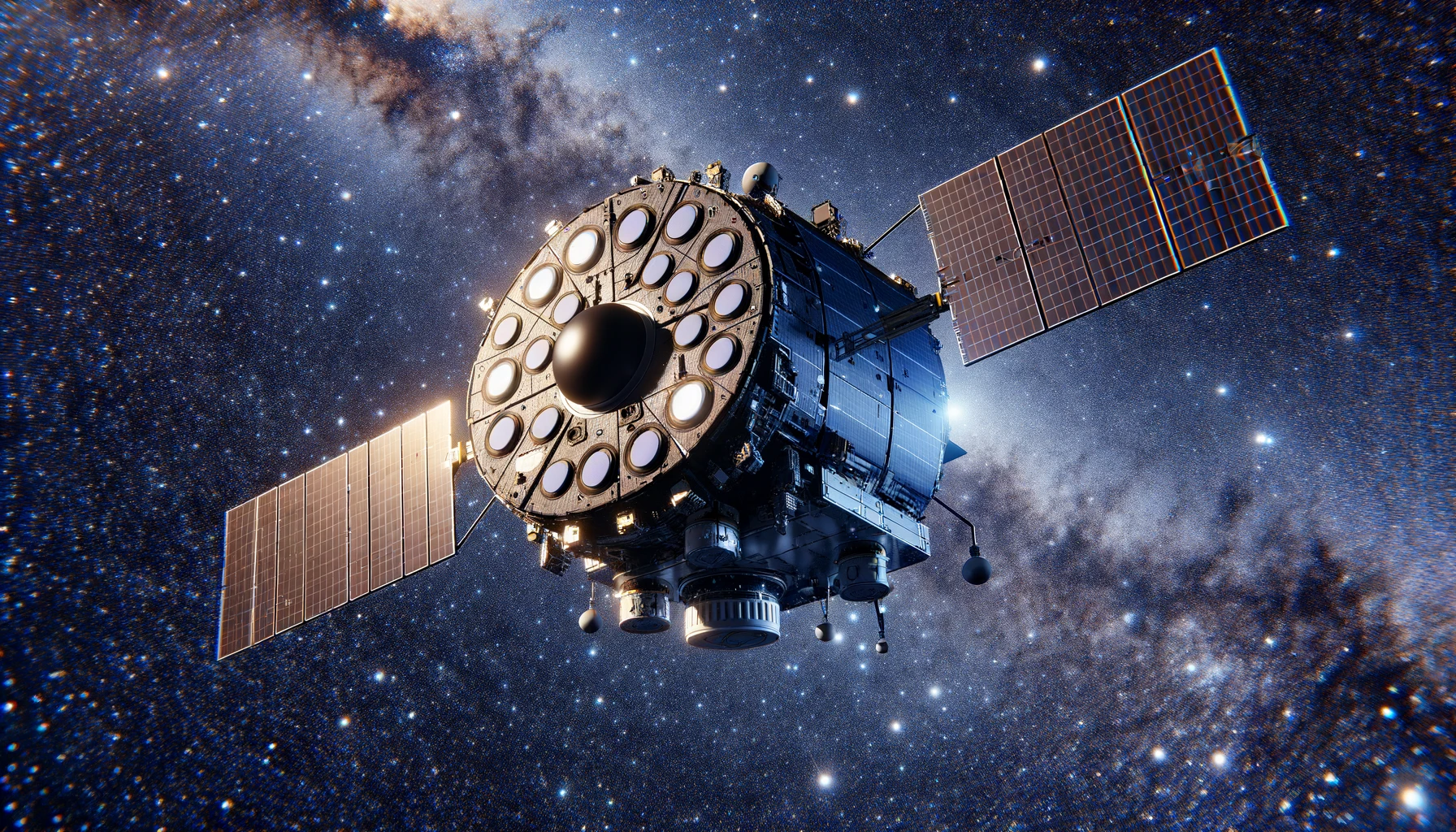NASA‘s OSIRIS-APEX spacecraft has emerged unscathed after its closest pass to the Sun, defying prior concerns about potential damage. This milestone marks a significant achievement for the mission, which aims to reach asteroid Apophis by 2029. The spacecraft’s successful maneuver showcases the effectiveness of its design and the ingenuity of its engineering team, who implemented creative strategies to safeguard its components from the Sun’s intense heat.
The OSIRIS-APEX (Origins, Spectral Interpretation, Resource Identification – Apophis Explorer) was launched by NASA to study the asteroid Apophis. The spacecraft’s mission includes detailed surveys of Apophis, which is expected to make a close approach to Earth in 2029. Launched in 2016, the spacecraft was initially designed to collect samples from asteroid Bennu before its mission was extended to Apophis.
Successful Sun Encounter
Engineers had confidence in OSIRIS-APEX’s ability to withstand the extreme conditions during its close approach to the Sun on January 2, 2024. They used stored telemetry data and subsequent instrument tests to confirm the spacecraft’s integrity. Despite traveling 25 million miles closer to the Sun than initially planned, OSIRIS-APEX’s design proved resilient, thanks to innovative engineering solutions like repositioning a solar array to shield sensitive components.
This mission is part of a broader plan to meet Apophis in 2029. The spacecraft’s elliptical orbit brings it near perihelion approximately every nine months. Each perihelion pass gets closer to the Sun, which was not part of the original design parameters. Nevertheless, the first close perihelion pass was a success, providing valuable insights for future maneuvers.
Unexpected Benefits
While the spacecraft’s components were expected to endure the heat, some performed better than anticipated. Notably, a camera experienced a significant reduction in ‘hot pixels,’ possibly due to the annealing effect of the Sun’s heat. Additionally, a rock obstructing the calibration port of the spectrometer seemed to have been dislodged through repeated maneuvers and engine burns.
Insights and Challenges Ahead
- OSIRIS-APEX’s resilience proved effective during its closest Sun encounter.
- Unexpected improvements in instrumentation were observed post-perihelion.
- Future perihelion passes will test the spacecraft’s long-term durability.
Engineers remain cautious about the spacecraft’s continued performance. Despite its current success, OSIRIS-APEX must undergo five more close perihelion passes and three Earth gravity assists to reach Apophis. The cumulative effects of these maneuvers on the spacecraft’s systems remain uncertain. The next perihelion is scheduled for September 1, 2024, bringing OSIRIS-APEX even closer to the Sun.
OSIRIS-APEX’s journey towards Apophis is a testament to cutting-edge space engineering. The mission’s success thus far provides confidence but also underscores the need for vigilance. Future perihelion passes will further challenge the spacecraft, requiring ongoing assessments to ensure its readiness for the 2029 rendezvous with Apophis. This mission not only advances our understanding of asteroids but also tests the limits of space exploration technology.










